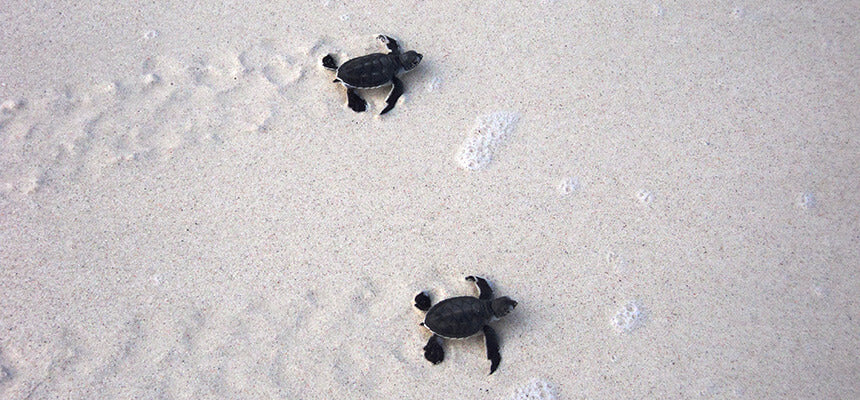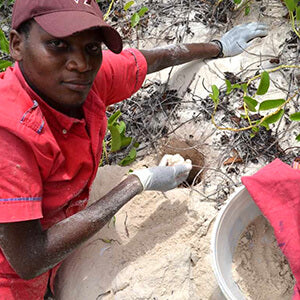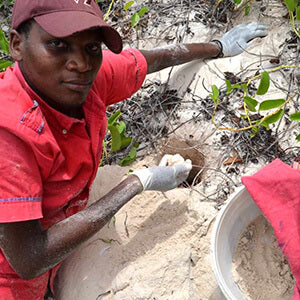Day 10
A sea turtle egg is protected on a beach in Kenya
 Sea turtles: prehistoric marine reptiles that will soon only be found in museums?
Sea turtles: prehistoric marine reptiles that will soon only be found in museums?


Protecting sea turtle nests

need
Protecting sea turtle eggs buried in nests.
activity
Gamekeepers protect sea turtle eggs buried in the sand from poachers and disturbance by tourist activities.
Measurable performance
Number of eggs in sea turtle nests protected by rangers.
Result
More nests than before are successfully hatched. This increases the number of baby sea turtles hatched and thus their overall population.
Systemically relevant impact
The sea turtles' chances of survival are increased. Their nesting areas are protected and the local population contributes to their protection.
background


The good deed
AboutKenya

Nairobi
Capital city

46 050 300
Population
1 434 USD
Gross domestic product
per capita per year
145
Human Development Index
(Human Development Index)



